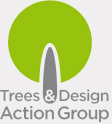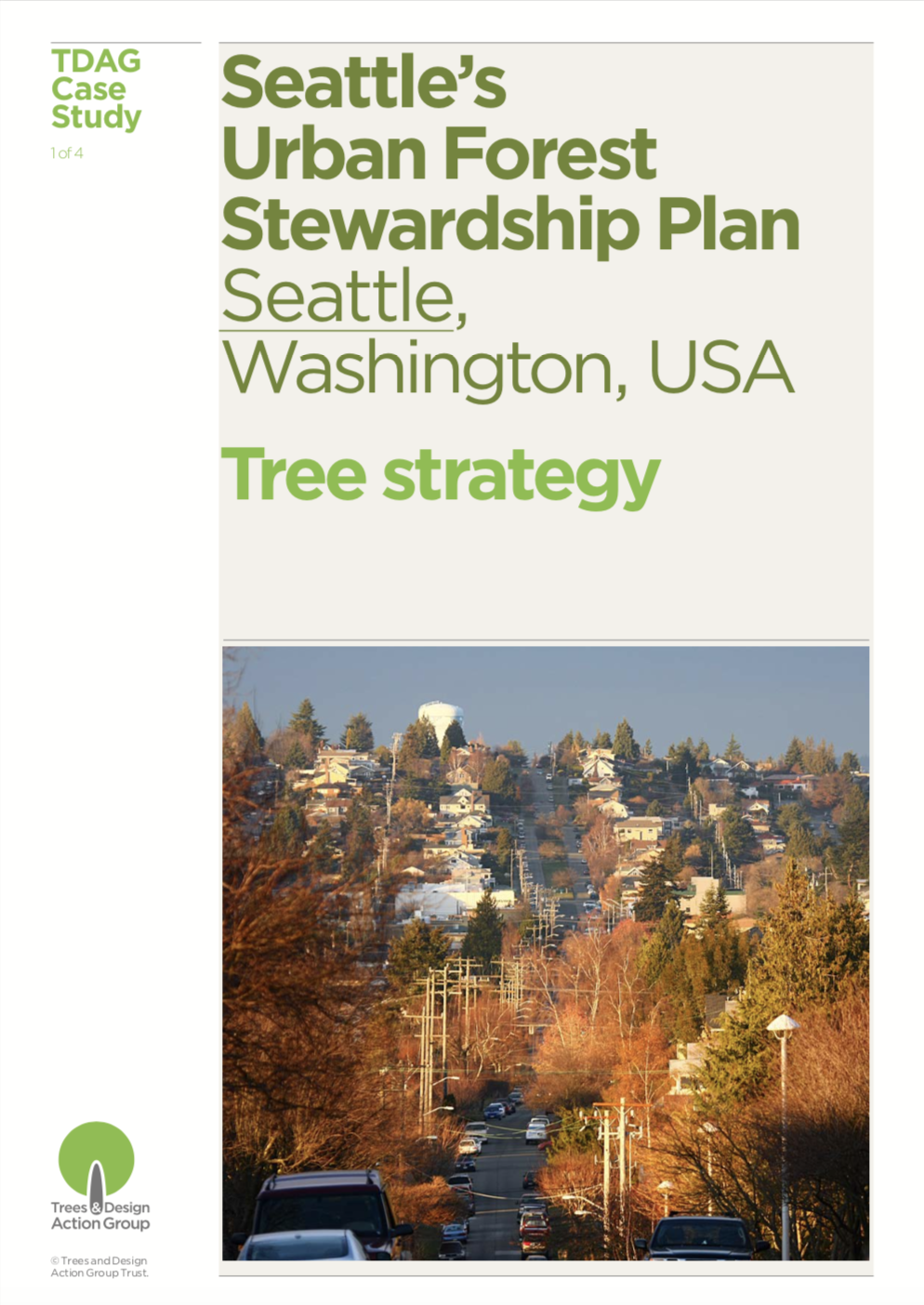| The City of Seattle introduced the Urban Forest Management Plan (UFMP) in 2007 as a guiding document to help address the needs of the local urban forest. Based on local canopy cover data available at the time, assessments of opportunities and challenges for protection and planting as well as benchmarking with other cities, the UFMP set a goal to increase the city’s canopy cover from 18 percent (2001 rough estimate, error margin unknown) to 30 percent by 2037. Because capacity for tree planting or management in an industrial setting is very different from that found in residential neighbourhoods or in parks, the UFMP considered the opportunities and challenges for tree protection and planting in nine land use categories. Goals for canopy cover increase were set for each. The UFMP also defined a framework for City departments, non-profit organisations, residents, and the community as a whole to support efforts to grow and care for the urban forest. |
| Resulting achievements include:
A first major update of the UFMP was adopted in September 2013. To more clearly convey the importance of engaging Seattle residents and organisations along with City staff in the care of the urban forest, the term stewardship was incorporated into the plan’s title. The 2013 Urban Forest Stewardship Plan (UFSP) maintained both the citywide and land-use based canopy cover targets previously set. Building upon the enhanced baseline data on forest structure and benefits provided by 2012 i-Tree Eco study, the UFSP introduced additional measurable objectives to:
Like previously with the UFMP, the recommendations identified in the 2013 UFSP have provided the basis for developing yearly work plans for action. These are made available on the City’s website, alongside yearly progress reports. A comprehensive canopy cover study was conduted in 2016. The high resolution Lidar technology used for the mapping yielded much more detailed and reliable data than the City had ever had access to before. This revealed a higher citywide canopy cover than expected (28%, +/-1% error margin), confirmed strong differences accross land uses, as well as between neighbourhoods within individual land uses. The City now intends to revise its citywide and management units-focused canopy cover targets and release an updated Urban Forest Stewardship Plan in 2019. FURTHER DETAILS & PDF DOWNLOAD
| |||||||||||||||


 RSS Feed
RSS Feed